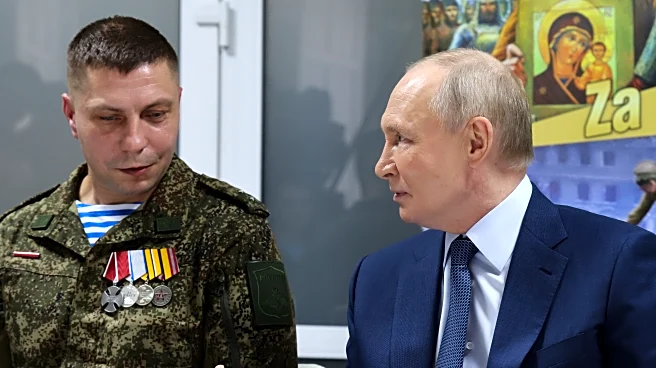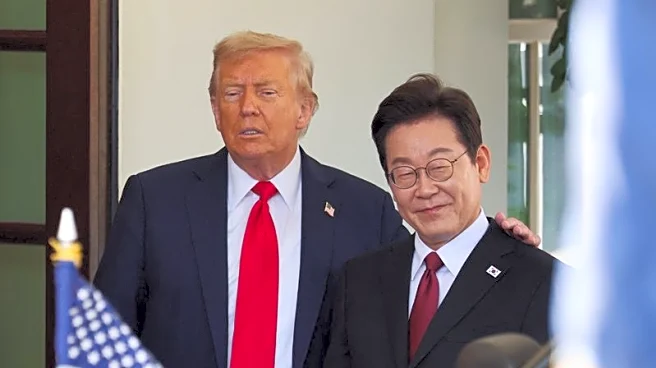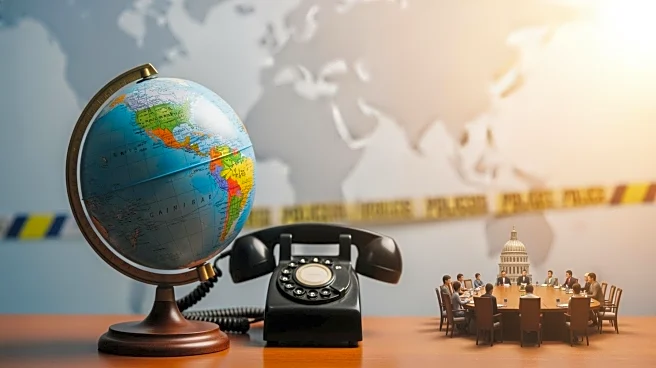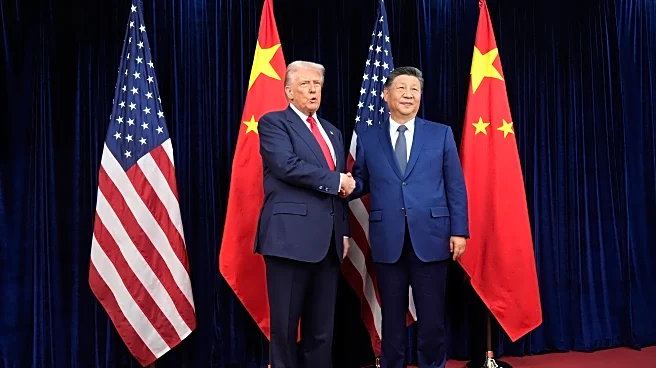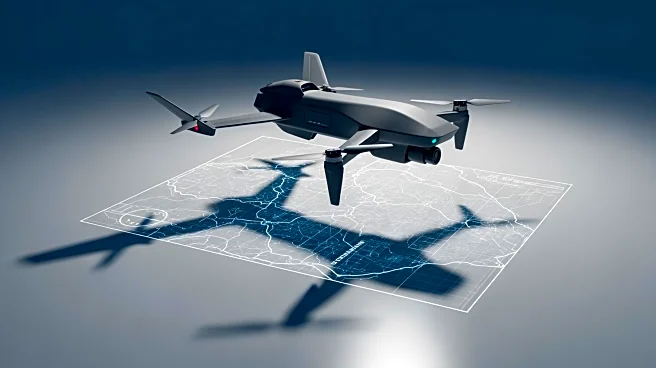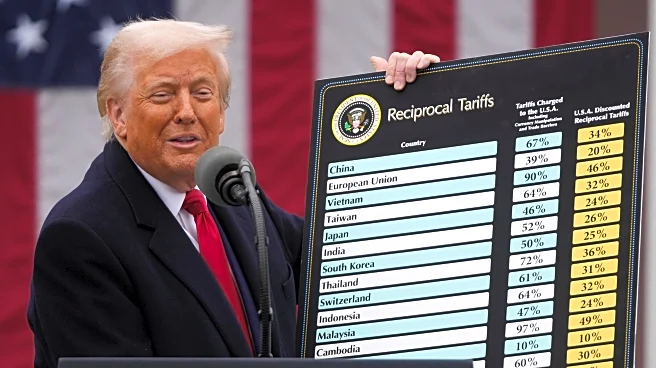What's Happening?
China's military parade showcased a range of advanced weapons systems, including hypersonic missiles, stealth fighters, and unmanned systems, marking a strategic inflection point for the People's Liberation Army (PLA). The event emphasized Beijing's deterrence,
precision strike, and unmanned warfare capabilities. High-profile foreign dignitaries, including Russian President Vladimir Putin and North Korean leader Kim Jong Un, attended, signaling China's role in shaping a new world order. The parade highlighted China's maritime dominance with new undersea drones and directed-energy defenses, underscoring its investment in unmanned maritime warfare and anti-access strategies.
Why It's Important?
The parade reflects China's strategic ambitions to enhance its military capabilities and assert its influence in global geopolitics. The focus on hypersonic missiles and maritime dominance indicates China's intent to challenge U.S. military presence in the Pacific and secure its regional interests. The attendance of leaders from Russia and North Korea highlights a potential geopolitical realignment, with China positioning itself as a central player in a new axis challenging Western dominance. This development may prompt the U.S. and its allies to reassess their defense strategies and diplomatic approaches.
What's Next?
China's military advancements may lead to increased tensions with Western nations, particularly the U.S., as they seek to counterbalance China's growing influence. The U.S. and its allies might enhance their military capabilities and strengthen alliances to deter potential threats. Diplomatic efforts could focus on addressing the implications of China's strategic partnerships with Russia and North Korea. The international community will likely monitor China's military developments closely, considering potential impacts on regional and global security.
Beyond the Headlines
China's focus on hypersonic and unmanned systems raises ethical and legal questions regarding the use of advanced military technologies. The integration of these systems into military operations could lead to new forms of warfare, challenging existing international norms and regulations. The parade also reflects China's broader ambitions to establish itself as a technological leader, influencing global standards and practices in military innovation.


